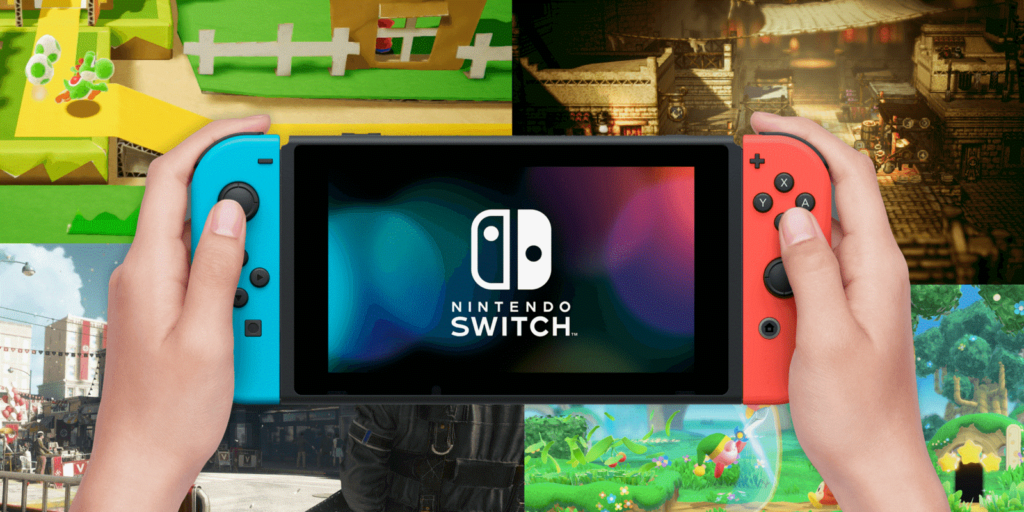In the vast realm of video games, Nintendo has etched its name in the annals of history. With iconic franchises like Super Mario, The Legend of Zelda, and Pokémon, Nintendo has captured the hearts of gamers for decades. But what if you want to revisit the classics, like the original NES games, or explore the Nintendo DS library without dusting off your old consoles?
That’s where Nintendo ROMs come into play. In this article, we’ll embark on a fascinating journey to uncover the technical aspects of Nintendo ROMs, including NES ROMs, Nintendo DS ROMs, and the intriguing world of downloading NES games.
Unraveling the Mystery of ROMs
Before diving into the technical aspects, let’s understand what ROMs are. ROM stands for “Read-Only Memory,” and in the context of video games, it refers to the digital copies of game cartridges or discs. These ROMs preserve the game’s code and data, allowing you to play classic titles on modern devices through emulation.
The Technical Wizardry of NES ROMs
The Nintendo Entertainment System (NES) holds a special place in gaming history, having introduced us to beloved characters like Mario and Link. NES ROMs are digital replicas of these classic games, containing the game’s program code, graphics, and audio data.
File Formats
NES ROMs typically come in two file formats: .nes and .fds. The .nes format is more common and contains the game’s program and graphical data. The .fds format, on the other hand, is used for games released on the Famicom Disk System, a Japan-exclusive peripheral.
Emulation Software
To play NES ROMs on your computer or mobile device, you’ll need NES emulation software. Popular choices include Nestopia, FCEUX, and RetroArch. These emulators mimic the NES hardware, allowing you to experience classic titles as if you were playing on the original console.
The Intricacies of Nintendo DS ROMs
File Formats
Nintendo DS ROMs use several file formats, including .nds and .zip. The .nds format is the most common and contains the game’s program code, graphics, audio, and other assets. To save space, many ROMs are distributed in compressed .zip files, which need to be extracted before use.
Emulation Challenges
Emulating the Nintendo DS presents unique challenges due to its dual screens and touch input. DS emulators like DeSmuME and NO$GBA have made significant strides in replicating the DS experience on modern devices. However, some games may not run perfectly due to the intricacies of touch controls and dual-screen gameplay.
Downloading NES Games: A Journey Through Time
The Allure of Classic NES Games
NES games hold a special place in the hearts of gamers who grew up in the ’80s and ’90s. The allure of nostalgia and simplicity makes downloading NES games a popular pursuit.
Sources of NES ROMs
When it comes to obtaining NES ROMs, there are several online sources available, both legitimate and questionable. While it’s essential to respect copyright laws, many websites offer NES ROMs for free download.
Emulator Compatibility
Once you have your NES ROMs, it’s crucial to pair them with a suitable emulator. Compatibility can vary between emulators, so be prepared to experiment to find the one that works best for your chosen games.
Conclusion
Nintendo ROMs, including NES ROMs and Nintendo DS ROMs, offer gamers a portal to the past, allowing them to relive classic gaming experiences on modern devices. However, the technical intricacies and legal considerations surrounding ROMs should not be overlooked. Whether you’re battling Goombas with Mario or embarking on a quest with Link, the world of Nintendo ROMs is a treasure trove waiting to be explored.

